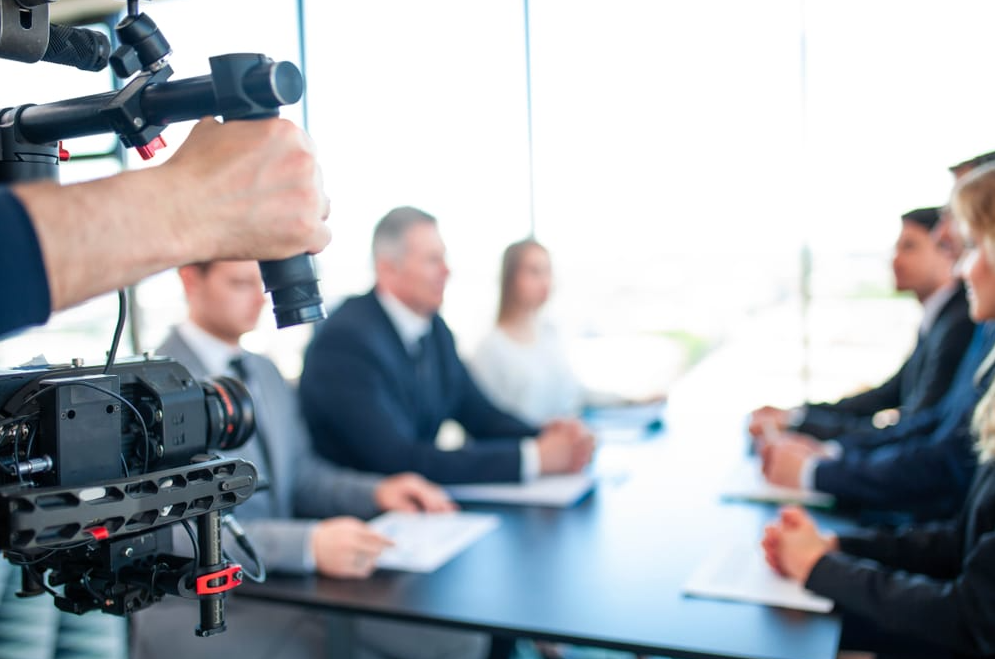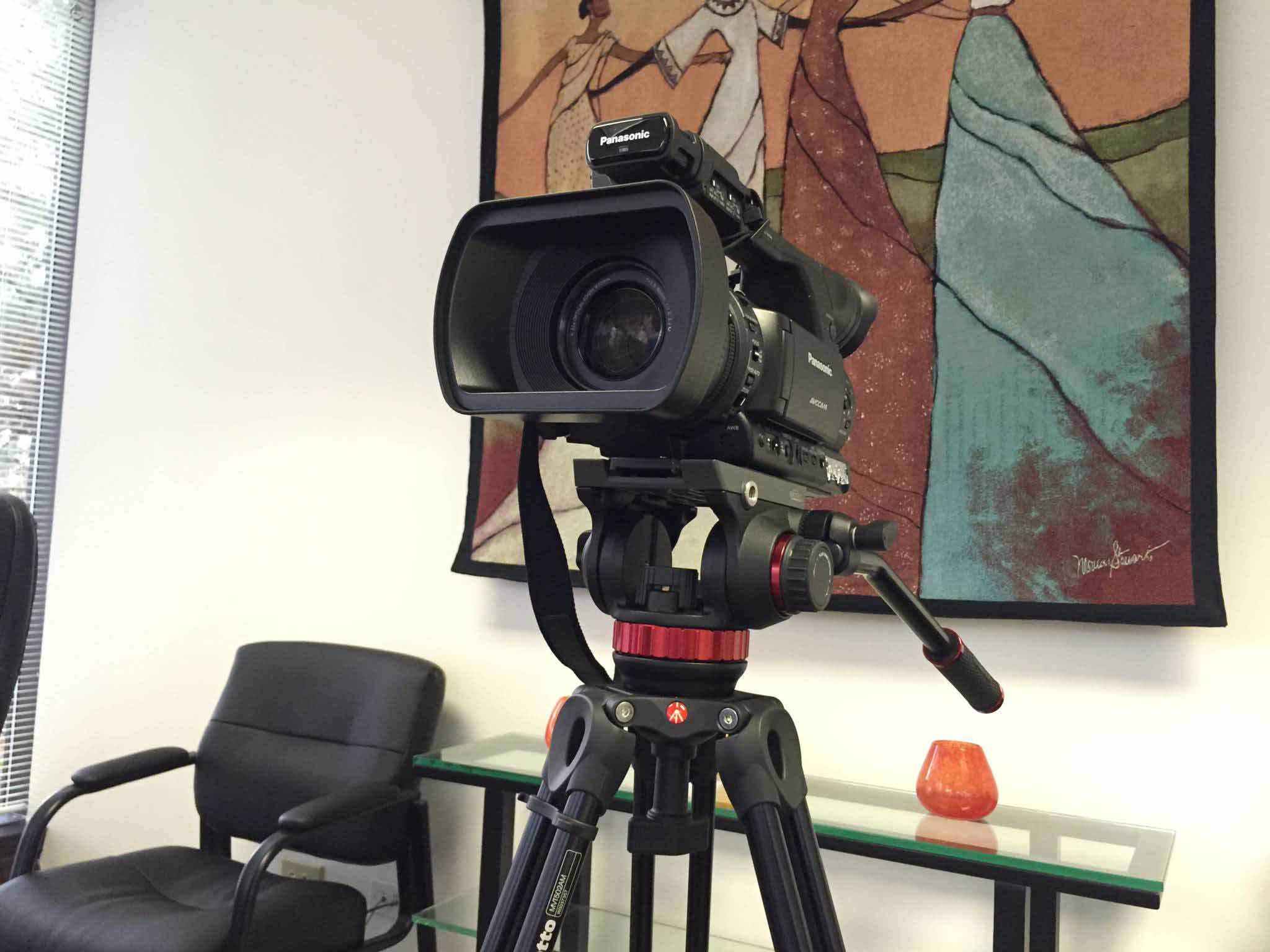Why Lawful Videography Is Important for Accurate Legal Record-Keeping
In the realm of lawful process, the accuracy of record-keeping is paramount, and lawful videography becomes an essential tool in this context. By recording the subtleties of verbal and non-verbal interaction, it significantly minimizes the potential for misinterpretation that can accompany conventional written documents. Furthermore, the preservation of authentic visual proof not just boosts the integrity of statements but also contributes to a thorough account of occasions. As we explore the diverse advantages of legal videography, one need to consider its implications for the future of judicial stability and openness - legal videography.
Significance of Visual Evidence
Establishing the importance of aesthetic proof in legal proceedings is critical for guaranteeing accurate record-keeping and boosting the total integrity of the judicial process. Aesthetic proof acts as an important tool in documenting events, problems, and other important information that might be necessary to a situation. Unlike written accounts, which are at risk to interpretation and bias, aesthetic recordings offer an objective, unalterable depiction of realities as they took place.


This type of evidence can catch a selection of elements, including witness habits, ecological context, and physical evidence, all of which may influence judicial results. By providing a clear and thorough aesthetic narrative, legal videography gets rid of obscurity and helps to preserve the authenticity of the evidence.
Furthermore, aesthetic proof can be crucial in decreasing conflicts over valid discrepancies, as it permits a direct contrast against testimony and other documented records. In an age where electronic modern technology is increasingly prevalent, the ability to present visual proof effectively can substantially improve the total quality of legal process. Inevitably, the unification of aesthetic proof not just boosts the paperwork process but likewise strengthens public rely on the judicial system by advertising transparency and accountability.
Enhancing Testimony Trustworthiness
The combination of lawful videography right into court room procedures significantly boosts the trustworthiness of witness testimony. By recording the nuances of spoken and non-verbal communication, video clip recordings provide an even more detailed representation of a witness's attitude, emotions, and dependability. This aesthetic paperwork permits jurors to observe the witness's body language, face expressions, and total carriage, which are important components that can influence their understanding of testament trustworthiness.
In addition, legal videography lowers the potential for misconception or distortion of testament that might happen in created records. Audiences can see and hear the statement as it was presented, making sure that the context and tone are maintained. This credibility fosters a greater sense of trust fund among jurors, who may be a lot more likely to think testament that they can witness firsthand.
Additionally, the presence of video footage can deter witnesses from supplying misleading or overstated statements, as they realize that their testimony is being videotaped. This responsibility strengthens the honesty of the judicial procedure. Inevitably, lawful videography works as an important device in making certain that witness testimony is not only accurately illustrated however likewise seen with increased reputation by all events entailed.
Comprehensive Document Preservation
Comprehensive record conservation is crucial for preserving the integrity of lawful process. Legal videography functions as an important tool in this process, offering an accurate aesthetic and acoustic account of testaments, depositions, our website and various other essential moments in an instance. Unlike traditional written transcripts, video clip recordings catch the nuances of body movement, tone, and emotion, which are important for comprehending the context and intent behind declarations made during legal procedures.

In addition, the ability to examine video clip proof enables legal experts to identify vital information that may have been ignored in composed records. By maintaining an extensive archive of legal proceedings via videography, law practice can maintain the greatest requirements of accuracy and accountability, ultimately adding to a fairer judicial process.
Streamlining Lawful Process
Enhancing legal process is essential for enhancing performance and lowering hold-ups within the Discover More Here judicial system. Legal videography functions as an essential tool in achieving this objective by supplying clear and precise visual documentation of court hearings, depositions, and testaments. This innovation permits real-time recording, making certain that all spoken and non-verbal cues are recorded, which can assist in quicker resolution of disputes.
The assimilation of videography into lawful processes minimizes dependence on conventional methods, such as extensive transcripts, which can be taxing to generate and evaluate. By having actually access to taped footage, lawyers can promptly reference key minutes, enhancing their capacity to prepare and present instances successfully. This immediacy likewise aids in the clearing up of testaments, reducing the capacity for misconception.
Furthermore, aesthetic documentation cultivates an extra engaging court room experience for jurors, assisting them to realize complex information extra conveniently. Ultimately, legal videography simplifies interaction among all parties involved, from lawyers to judges to jurors, thereby advertising a more efficient judicial process (legal videography). In a period where time is important, welcoming this technology is vital for the modern lawful landscape
Admissibility in Court
Precise documents is vital not only for performance yet also for ensuring that evidence is admissible in court. Lawful videography serves as an essential device in this procedure, supplying a trusted aesthetic document of statements, declarations, and occasions. Courts often need proof to satisfy certain criteria of admissibility, consisting of relevance, authenticity, and integrity. Top notch video recordings can meet these requirements by recording clear audio and aesthetic details that written transcripts may overlook.
To be regarded permissible, lawful videography has to abide by recognized methods, such as proper devices use, appropriate lights, and clear audio capture. In addition, it is important to have actually qualified videographers that comprehend the lawful demands surrounding proof collection. The chain of custodianship must also be maintained to prevent any type of claims of tampering or modification.
In addition, lawful videography can improve the persuasiveness of proof by offering jurors with a straight view of the statement, permitting a more involved understanding of the situation. In recap, the combination of legal videography into record-keeping not only supports efficiency but likewise boosts the integrity and admissibility of proof in court process.
Final Thought
In verdict, a fantastic read lawful videography plays an essential function in ensuring precise lawful record-keeping by providing unbiased aesthetic paperwork. This approach enhances the trustworthiness of statements, protects thorough documents, and enhances legal procedures. In addition, the admissibility of high-quality video evidence in court further highlights its importance - legal videography. Ultimately, the unification of lawful videography right into the judicial procedure advertises transparency and boosts public trust in the stability of the legal system.